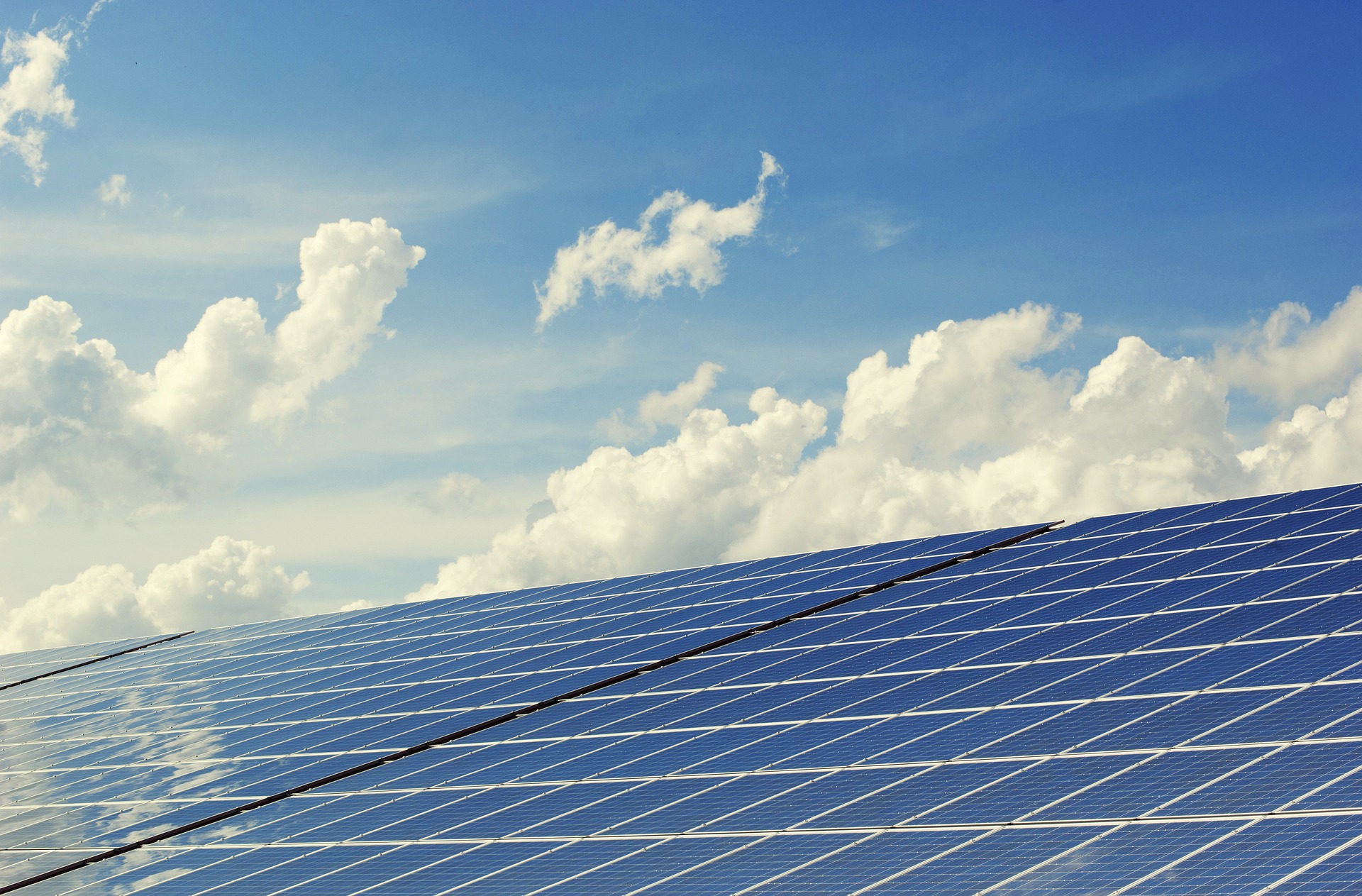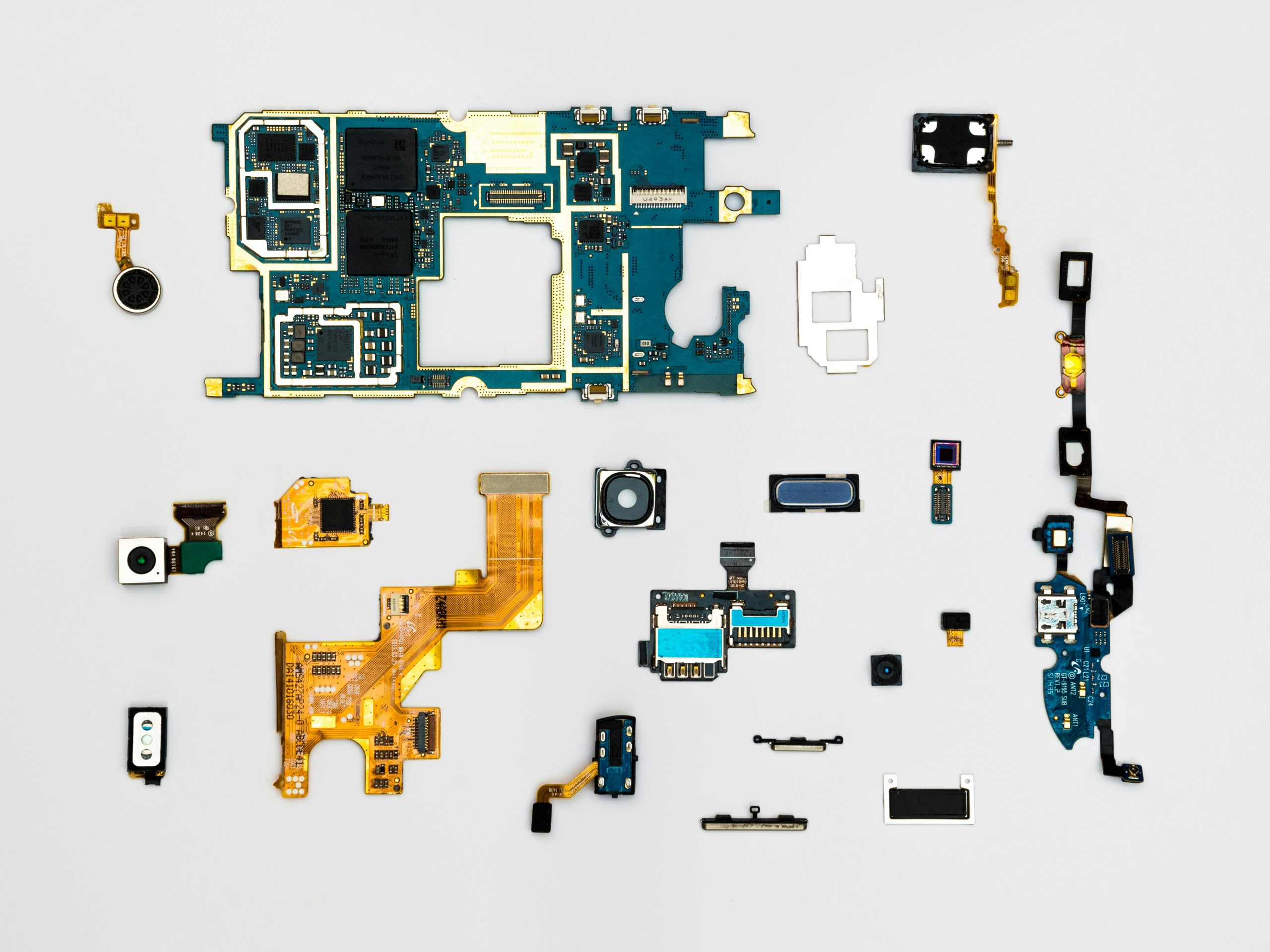Breakthrough in solar energy. Miracle material is much more efficient than silicon

A team from North Carolina State University has made a discovery that could finally harness the practical potential of the so-called miracle material perovskite for solar cells. Its unusual properties could significantly improve the efficiency of solar energy harvesting compared to traditional silicon-based cells, but until now scientists have been unable to realise this outside the laboratory.
The research has focused on the issue of ions in perovskite materials. Perovskite is celebrated for its potential to change everything from high-speed communications to renewable energy technologies. The researchers have now achieved this by directing the ions into defined pathways, resulting in improved stability and operational performance. “We haven’t found a way to prevent ions from moving through perovskite materials, but we have found that it is possible to direct these ions into a safe region where they do not interfere with the structural integrity of the material or its performance,” said Professor Amassian, adding that this is a major step forward.
It is a scientific breakthrough that paves the way for a new generation of ultra-efficient solar panels that are both lighter and more flexible than current technologies.
“This discovery has opened the way to a number of new technologies, such as flexible and lightweight solar cells or layered solar cells – called tandems – that can be much more efficient than the sunlight harvesting technologies used today in so-called solar farms,” said Aram Amassian, a professor of materials science and engineering at North Carolina State University who was involved in the discovery. Professor Amassian further added that incorporating perovskite materials into an existing silicon solar cell system would increase efficiency from 25 to 40 percent while leveraging existing technology.
This discovery could also serve as a basis for the development of more efficient energy storage technologies. The work has advanced the fundamental understanding of how ions move in any crystalline material that can carry charge, not just halide perovskites.
The researchers are now exploring how this knowledge could contribute to the design of faster ion conductors for energy storage applications. This research could be an important step towards developing more sustainable and efficient energy sources.
Source, photo: scholar.google.com, pixabay.com
Author of this article
WAS THIS ARTICLE HELPFUL?
Support us to keep up the good work and to provide you even better content. Your donations will be used to help students get access to quality content for free and pay our contributors’ salaries, who work hard to create this website content! Thank you for all your support!




OR CONTINUE READING